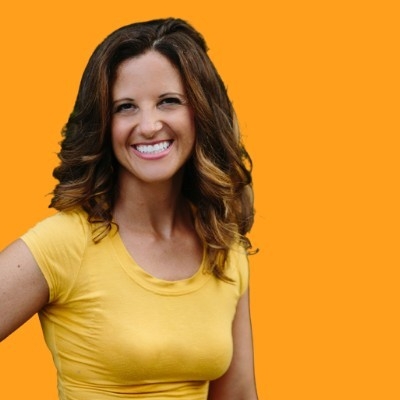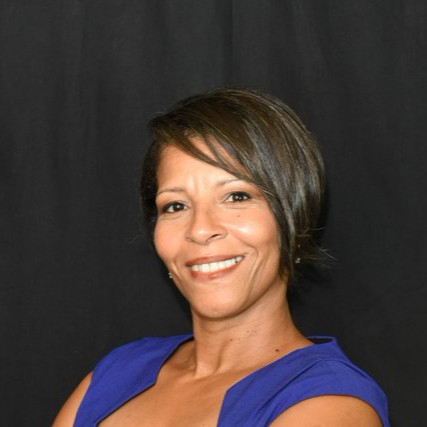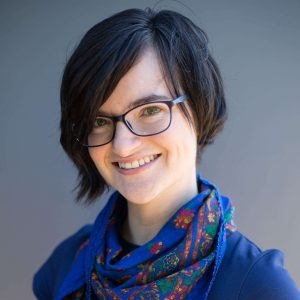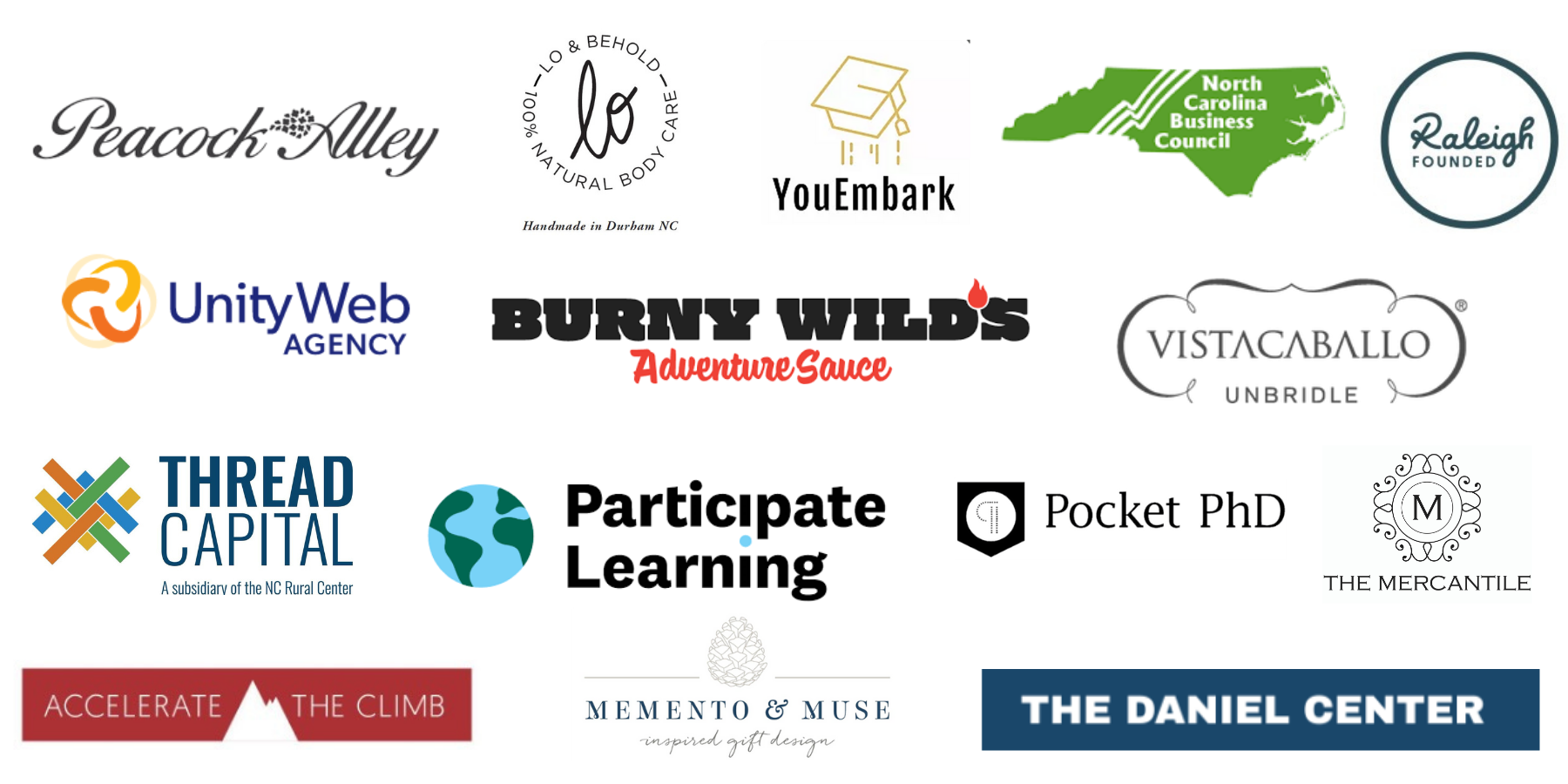Are you seeking new ways to stand out within your market?
Do you wonder whether you're focusing your energy and resources on the right strategies?
Are you optimizing your marketing content with A/B testing?
Are you clearly communicating your value to your customers?
Do you worry your latest product launch or marketing campaign might fall flat?
Does your organization need fractional marketing leadership?

Is your marketing actually doing something, or is it just taking up space on the internet?
If you want to kick a** and take names in your industry, you can't just sit around twiddling your thumbs. You’ve gotta get your brand's mission out there and get people on board with it.
And that's where we come in. We've got a whole squad of brilliant marketers, web development wizards, pro graphic designers, and legendary content creators ready to take your business to the next level.
We're not tied down to any stuffy old ways of doing things -- we're agile and bring only the best of the best to the table.
Many of our clients have lots of great stuff going on – but no time to be strategic
We're all about teaming up with purposeful founders and leaders who get that research and data can drive real results. The only catch is it takes time and energy you may not have at the moment.
If you’re growing an innovative, extraordinary brand - you have to move fast.
That’s where we can help.
Across a range of industries, we work with:
- Founders and execs that need fractional marketing leadership and guidance to scale
- Dedicated marketing & operations leaders, with limited bandwidth
- Mission-driven brands that want their values to shine while still driving ROI.
Our Latest Work
Why choose Noel & Co.?
The ultimate reward for us is happy clients that are able to achieve their goals.






We've worked with 95+ mission-driven organizations to amplify their positive impact including:


